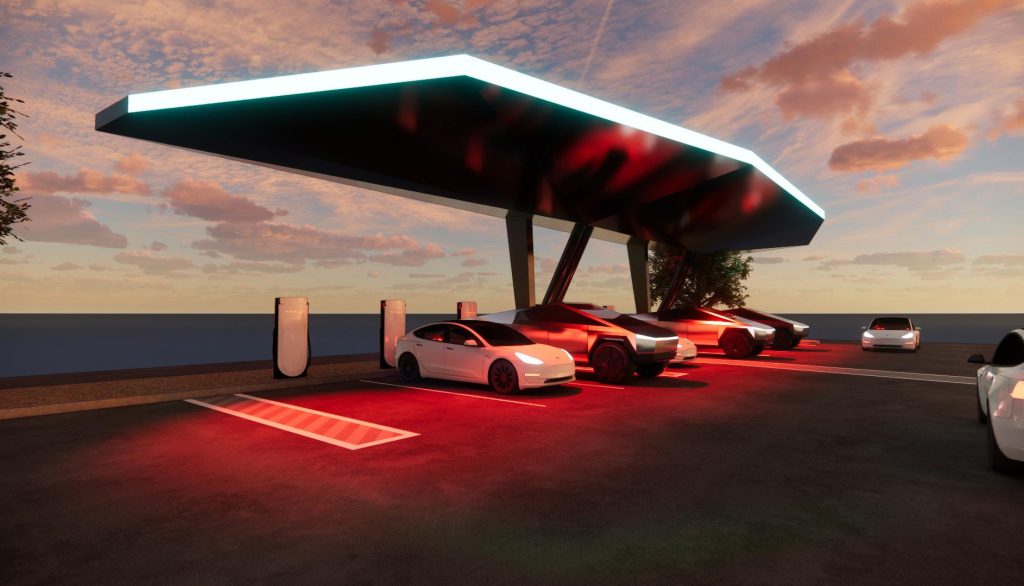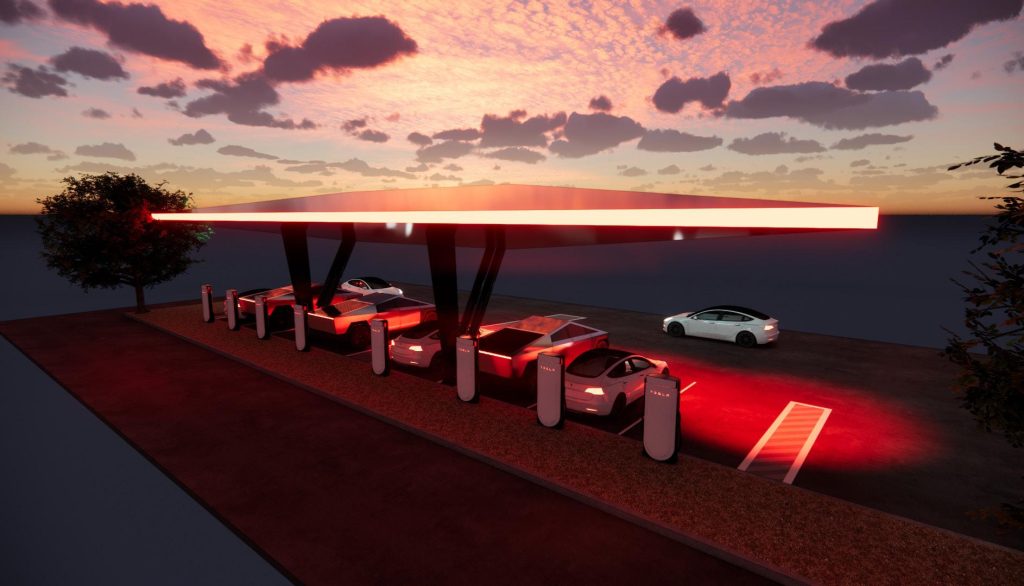News
What will happen to Obama’s National EV Charging Corridor initiative?
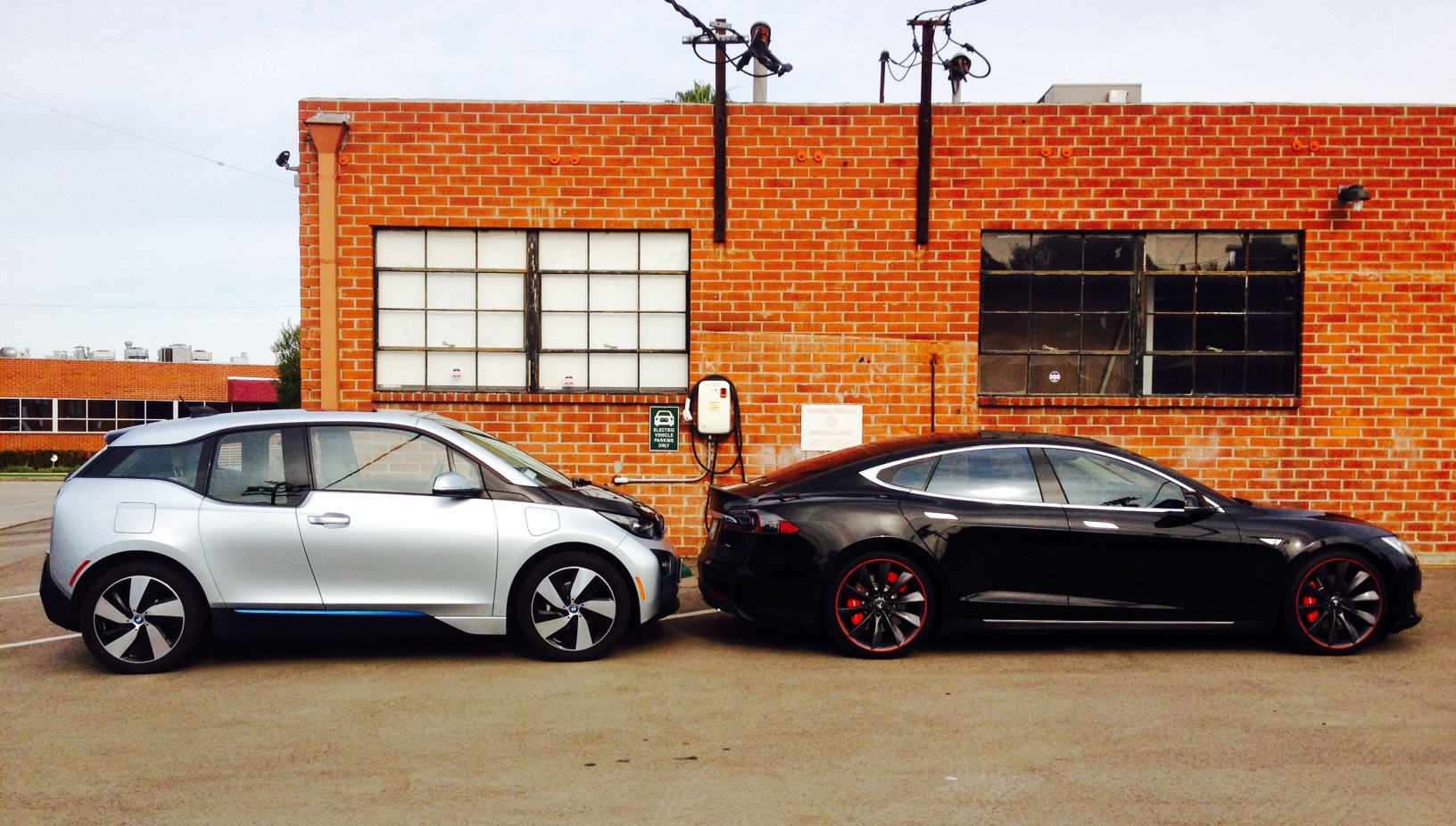
As part of an eight year commitment to combat climate change, increase access to clean energy technologies, and reduce U.S. dependence on oil, the Obama administration unveiled a series of executive actions to establish 48 national electric vehicle (EV) charging corridors on U.S. highways. But will the proposed EV charging corridors, which were announced in early November, 2016, stand up to the formidable will of Donald Trump’s transitional head of the EPA, Myron Ebell?
Ebell is director of the Center for Energy and Environment at the conservative Competitive Enterprise Institute and is the lead voice of U.S. climate deniers. He chairs the Cooler Heads Coalition, which comprises over two dozen non-profit groups in this country and abroad that question global warming “alarmism” and oppose “energy rationing” policies. Ebell’s role on the Trump team has been interpreted by many, including Scientific American, National Geographic, and the New York Times, as a sign that the next administration will be looking to drastically reshape the climate policies that the EPA has pursued under the Obama administration.
Since President Obama took office, the number of plug-in EV models has increased from one to more than twenty, battery costs have decreased 70 percent, and the number of EV charging stations has grown from less than 500 in 2008 to more than 16,000 in 2016. Described as “creating a new way of thinking about transportation that will drive America forward,” the National Electric Vehicle Charging Corridors on U.S. Highways initiatives were intended to create 48 designated EV routes which would cover nearly 25,000 miles in 35 states.
The National Electric Vehicle Charging Corridors on U.S. Highways initiative is part of a larger Obama administration plan to lower EV purchase costs through increasing automotive manufacturers’ demand. By promoting EV innovation and adoption and expanding the national EV infrastructure, the Obama administration has fostered a climate in which more than $1 million and 1,211,650 gallons in potential annual fuel savings could be accrued. However, Trump has indicated that his administration will work to remove EPA environmental regulations as a way of allowing American business to thrive.
Trump consistently has been vocal in his skepticism of climate change science, which calls for the shift in U.S. fuel consumption to alternative sources like decentralized electricity.
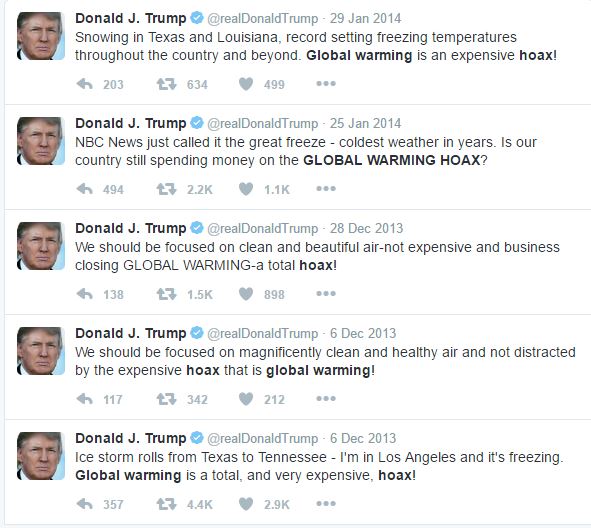
While on the campaign trail, Trump had focused on lifting restrictions on oil and gas instead of looking to U.S. clean energy and an eventual reduction of reliance on fossil fuels. Trump stated that lifting fossil fuel restrictions would increase GDP by more than $127 billion, add about 500,000 jobs, and increase wages by $30 billion each year over over seven years. Those figures come from the Institute for Energy Research, a nonprofit that advocates for a free-market approach to energy and claims there is an “enormous volume of sensationalized, simplistic and often plain wrong information” on climate change.
“This is not academic research and would never see the light of day in an academic journal. The pioneering research … from years ago is rarely employed any more by economists,” said Thomas Kinnaman, chair of the Economics Department at Bucknell University, who reviewed the IER report. Kinnaman’s analysis was confirmed by Peter Maniloff, assistant professor of economics at the Colorado School of Mines, who said the IER study is based on a questionable assumption. “The IER report assumes that policy restrictions are the major factor holding back coal, oil, and gas production.” He went on to describe the rationale as more to do with straightforward economics,” he said. “Domestic oil drilling on available land has dropped by three-quarters since 2014 due to low prices.”
Another area in which the Obama administration sought to promote EV clean energy was the release of up to $4.5 billion in loan guarantees to support commercial-scale deployment of innovative EV charging facilities. In support, nearly 50 industry members signed onto a “Guiding Principles to Promote Electric Vehicles and Charging Infrastructure” agreement. Thirty-eight new businesses, non-profits, universities, and utilities committed to provide EV charging access for their workforces, with 24 state and local governments partnering with the Administration to increase the procurement of EVs in their fleets.
Investment in such a robust network of charging facilities contradicts energy policy promoted by Ebell, who has said that “a lot of third, fourth and fifth rate scientists have gotten a long ways” by embracing climate change. He frequently mocks climate leaders like Al Gore and has called the movement the “forces of darkness” because “they want to turn off the lights all over the world.”
Ebell has been a voice in the ear of Congress with his opposition to President Obama’s Clean Power Plan. This is a series of policy initiatives designed to lower emissions from fossil fuel generating plants, particularly those that still rely on coal to generate electricity. The United States Department of Transportation (DOT) would be the liaison among the administration, states, localities, and the private sector for the EV corridors. Already, 28 states, utilities, vehicle manufacturers, and change organizations have committed to accelerating the deployment of an EV charging infrastructure on the DOT’s corridors. The goal is that these initial corridors would serve as a basis for “coast to coast zero emission mobility on our nation’s highways.”
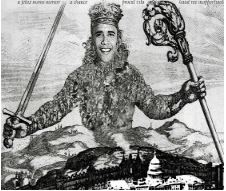
Obama caricature [Source: globalwarming.org]
Earlier, Ebell had written a blog post stating that the Obama administration’s Existing Source Performance Standards contained within the Clean Power Plan were “colossally costly” and “obviously illegal.” His post includes the mashup of President Obama.
To ascertain optimal national EV charging deployment scenarios, including along DOT’s designated fueling corridors, the United States Department of Energy (DOE) is in the midst of conducting two studies. Developed with national laboratories and with input from a range of stakeholder, the first is a national EV infrastructure analysis that identifies the optimal number of charging stations for different EV market penetration scenarios. The second will provide best practices for EV fast charging installation, including system specifications as well as siting, power availability, and capital and maintenance cost considerations.
The future of U.S. coast to coast zero emission mobility on our nation’s highways is in serious jeopardy with President Trump in the White House.

Elon Musk
Tesla is building a new UFO-inspired Supercharger in the heart of Alien country
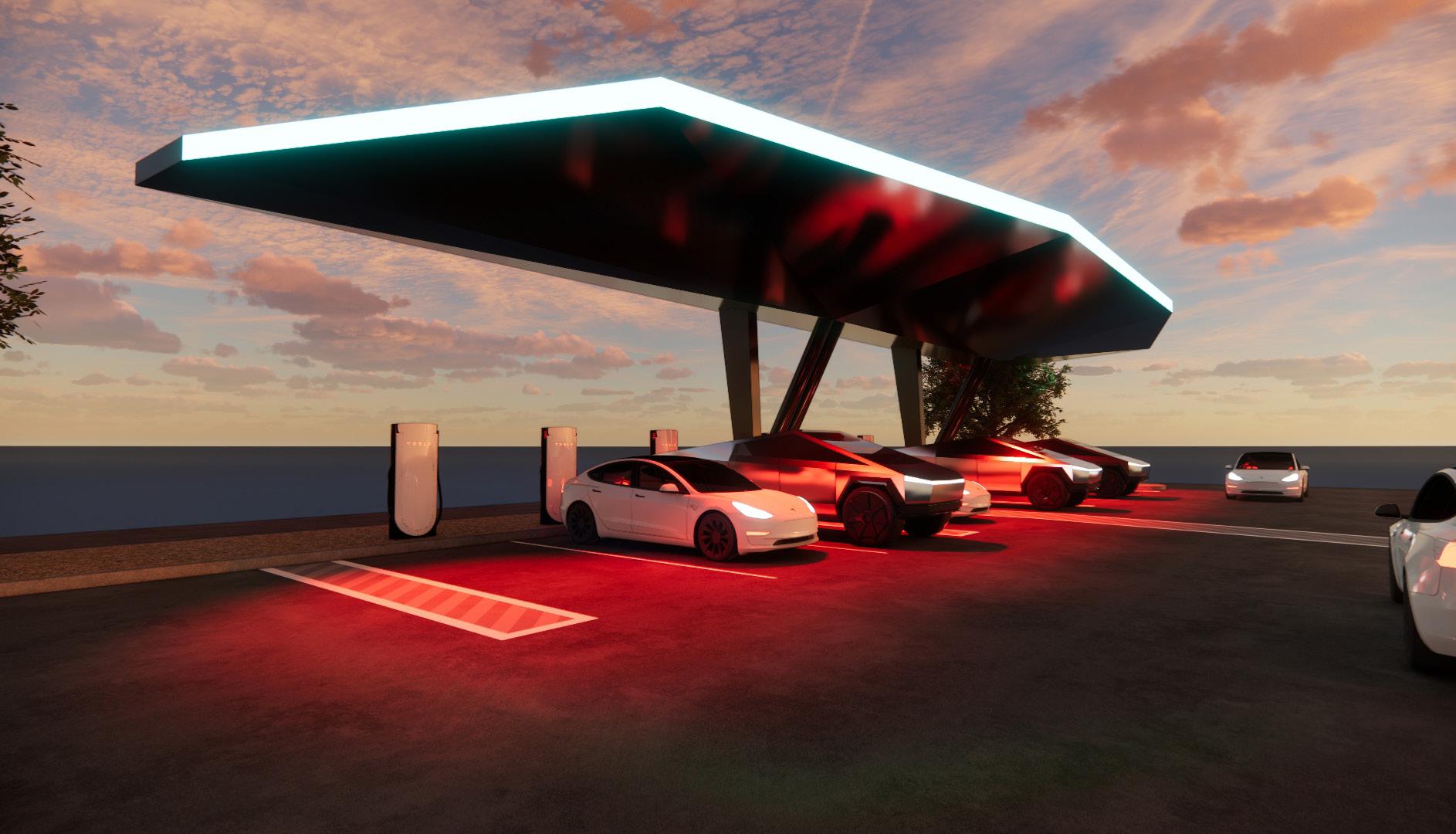
Tesla is planning to build a new UFO-inspired Supercharger in the heart of Alien country — Roswell, New Mexico.
Back in 1947, a crash of debris led to rumors of an alleged crash of a UFO just 75 miles north of Roswell near Corona, New Mexico. The crash was officially noted as the recovery of a military balloon, but over the years, speculation persists that the “flying disc” many saw might have been extraterrestrials trying to make contact with Earth.
As a result of the 1947 crash, Roswell has adopted it and used it as the inspiration for much of its tourism. As Tesla is planning to build a Supercharger in the area, it is using the same sort of inspiration for the location, which will feature just eight charging stalls located under a CyberCanopy.
It was first spotted by MarcoRP, a noted Supercharger permit insider:
A new Supercharger is coming soon to Roswell, New Mexico!!
Tesla is currently planning a Cyber-UFO themed station at the Whataburger on N Main St.
The site will feature 8 charging stalls, located under a CyberCanopy with RGB fixtures and a 20.88kW solar array. pic.twitter.com/4BOyM1iuTx
— MarcoRP (@MarcoRPi1) April 2, 2025
Here are some better pictures of the design:
- Credit: MarcoRP | X
- Credit: MarcoRP | X
Tesla’s Head of Charging for North America, Max de Zegher, confirmed that the site will be inspired by the events near Roswell in 1947. He noted that Tesla “wants to build a few Superchargers cool enough to be worth of the trip itself.”
This will undoubtedly be one of those locations, and along with the Tesla Drive-in Diner Supercharger in Santa Monica, it seems the company could be moving toward some more unique designs for the future, making the charging experience more fun and interesting for owners:
We want to build a few Superchargers cool enough to be worthy of the trip itself. Wish we could have kept it under wraps for longer, but submittal was needed for Planning Approval. We can’t hide anything from @MarcoRPi1! 🙂 pic.twitter.com/X2WaKDd408
— Max de Zegher (@MdeZegher) April 2, 2025
Elon Musk
This Tesla vandal caused thousands in damage, but she was let off the hook: Here’s why
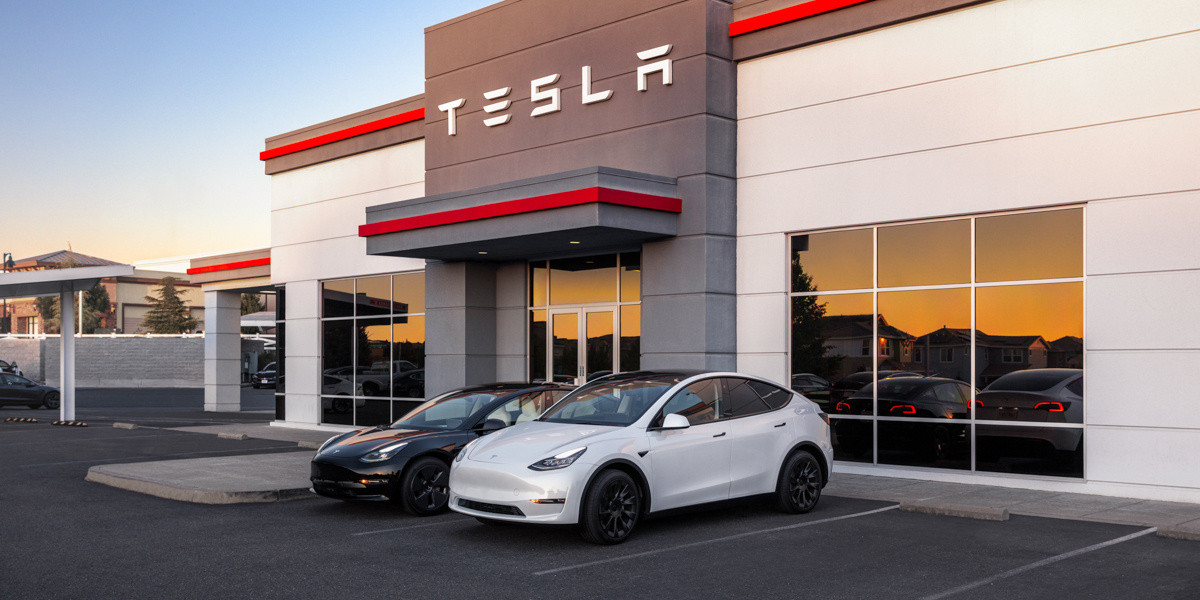
A Tesla vandal in Bloomington, Minnesota, caused $3,200 in damages to a car after keying it. However, the local police department, as well as the owner of the Tesla, let her off the hook.
As a Tesla sat in the parking lot of a Cub Foods grocery store, it was damaged in an act of vandalism that we are unfortunately seeing all too frequently. Police managed to locate the woman responsible for the damage, aiming to hold her responsible for the scrapes she applied to the vehicle.
However, in an act that many might not be able to perform, the owner of the Tesla did not want to pursue any criminal charges. Instead, they just wanted their car fixed.
Police Chief Booker Hodges said (via Minnesota Star Tribune):
“The victim in this case just wanted their car fixed, and they just wanted the suspect to pay for that. Based on the totality of the circumstances here, and along with our core value of being compassionate, this is the best outcome for everybody involved in this case.”
It was an incredible act of forgiveness, as many of those who have had their Teslas damaged in response to CEO Elon Musk likely would not have been able to do the same thing. One person who had their vehicle keyed filed a civil lawsuit against the vandal, who damaged their car while it was parked at Dallas-Fort Worth International Airport, seeking $1 million in damages.
Chief Hodges finished his remarks about this specific situation by calling out the leaders who have spread a hateful narrative about Musk and Tesla, and the company’s vehicle owners as well:
“We need our leaders to start leading and stop feeding this rhetoric. People should be able to drive whatever car they want without fear of going into a store and someone scratching their car or people yelling at them because of the car that … they choose to drive. It’s time for all of us, you know, just to start getting along and knock this stuff off, man. People should be able to be left alone.”
While Chief Hodges did not mention anyone specifically, Minnesota politician and former VP candidate Tim Walz said earlier this month that he “gets a boost” when Tesla stock falls. He later retracted his statement by stating it was just a joke.
News
Tesla Model Y tops Norway sales despite low Q1 delivery results
The new Model Y ended March as Norway’s top-selling vehicle for the month, with 1,819 units sold.
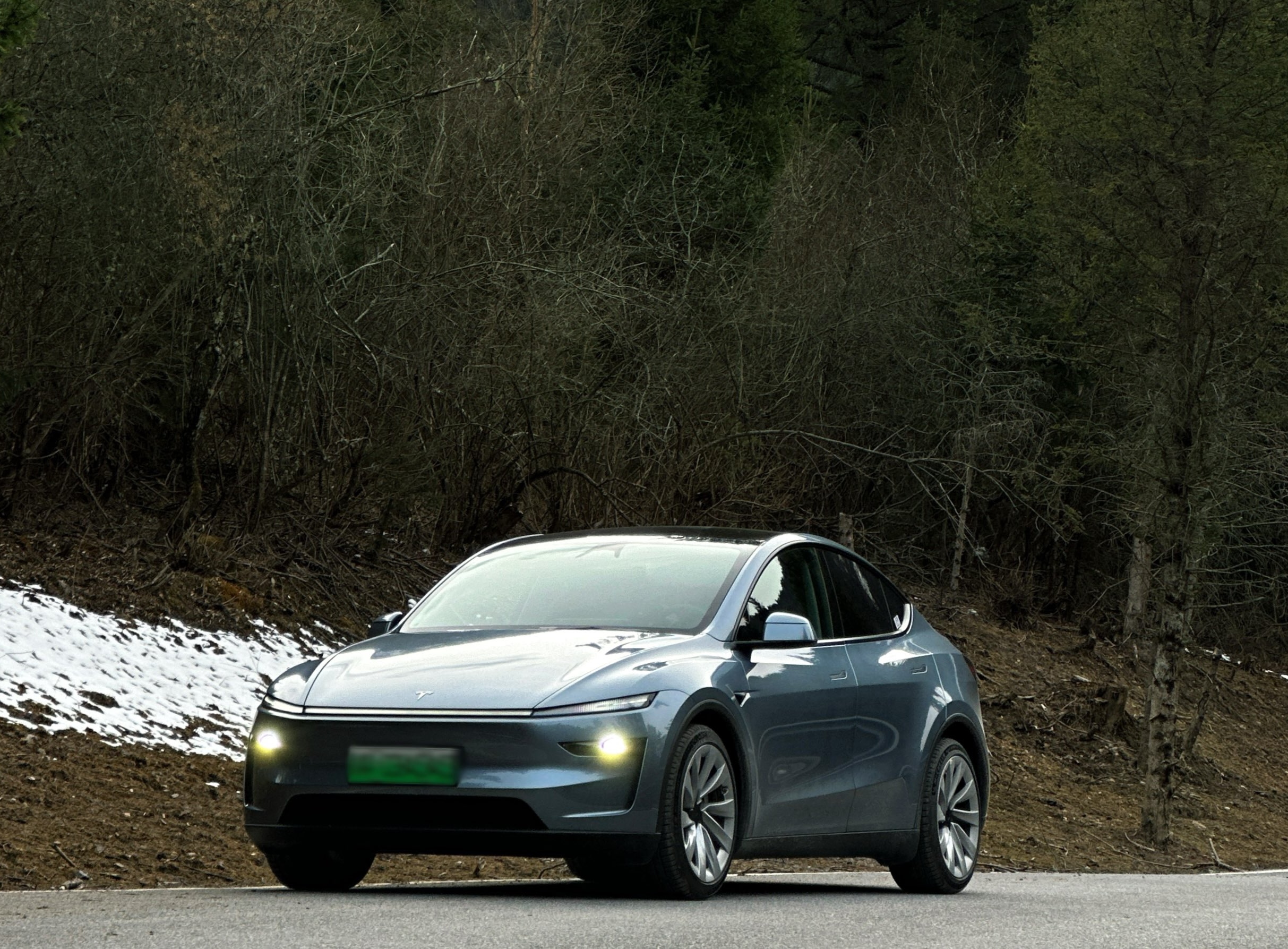
Tesla did not meet delivery expectations in the first quarter of 2025, and a huge reason behind this was the changeover to the new Model Y in Giga Texas, the Fremont Factory, Giga Shanghai, and Giga Berlin.
Despite Tesla’s disappointing Q1 vehicle delivery results, the new Model Y still made a significant impact in key markets such as Norway.
The new Model Y’s Norway Comeback
While sales of the new Model Y in January and February were low in Norway, the vehicle saw a lot of momentum as soon as deliveries of the updated all-electric crossover started. This resulted in the new Model Y ending March 2025 as Norway’s top-selling vehicle for the month, with 1,819 units sold.
Over the course of Q1 2025, Tesla was able to sell a total of 2,792 Model Y units. That was enough to also make the all-electric crossover Norway’s best-selling vehicle in the first quarter. This is quite an impressive feat for Tesla, especially since sales were throttled during the quarter due to the company’s changeover to the new Model Y.
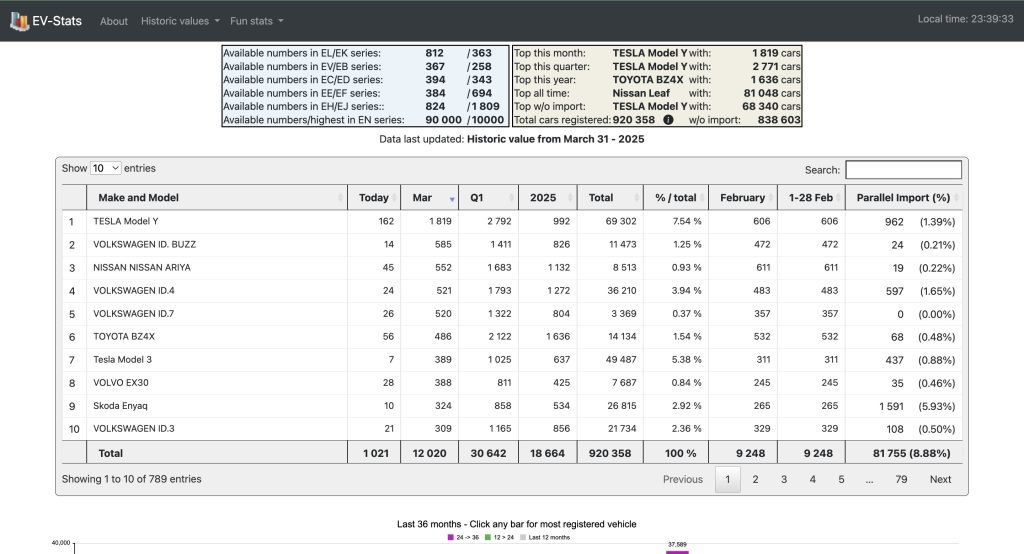
Tesla in Other European Markets
Tesla’s results in Europe during the first quarter were a mixed bag. In Germany alone, Tesla saw 4,935 vehicles sold in Q1 2025. As per the German road traffic agency KBA, Tesla’s sales in March dropped 42.5% to 2,229 units year-over-year. This was despite overall EV registrations rising 35.3% during the month.
In Italy, new vehicle registrations rebounded 51% in March from the previous year to 2,217 units, as per data from the Transport Ministry. This is still quite impressive considering that Tesla has become a very polarizing carmaker in Europe, thanks in no small part to CEO Elon Musk’s politics and close relation to U.S. President Donald Trump.
-

 News2 weeks ago
News2 weeks agoTesla aiming to produce first “legion” of Optimus robots this 2025
-
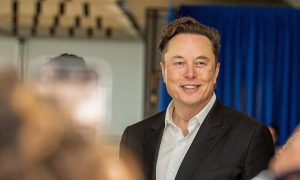
 Elon Musk1 week ago
Elon Musk1 week agoTesla CEO Elon Musk’s simple message to vandals
-
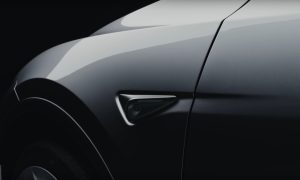
 Elon Musk2 weeks ago
Elon Musk2 weeks agoElon Musk confirms two measures Tesla is taking to fight vandalism
-
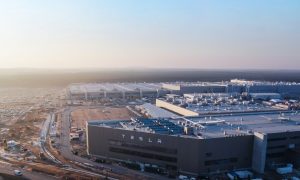
 News2 weeks ago
News2 weeks agoTesla’s Giga Berlin director responds to anti-Musk criticism
-
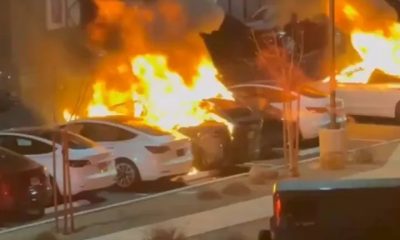
 Elon Musk1 week ago
Elon Musk1 week agoTesla vandal who lit Las Vegas repair center on fire arrested
-

 Elon Musk1 week ago
Elon Musk1 week agoElon Musk clarifies Trump tariff effect on Tesla: “The cost impact is not trivial”
-
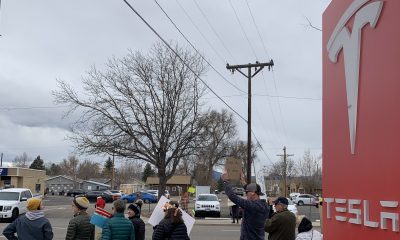
 Elon Musk1 week ago
Elon Musk1 week agoTesla vehicles hit by ATV, suspect caught by Sentry Mode
-

 Elon Musk2 weeks ago
Elon Musk2 weeks agoElon Musk to file lawsuit against former US Rep Jamaal Bowman: “I’ve had enough”
